Don't Miss These Opportunities!
In-Flight STEM Downlinks
Connect students with astronauts aboard the space station for a live question-and-answer session about living and working in space.
Learn More about In-Flight STEM Downlinks
Resource Collections by STEM Topics
Explore resources and activities for grades K-12. To modify the collection, use the facets provided on the search results page.

Aeronautics and Flight
Discover how NASA’s technological breakthroughs of today transforms tomorrow’s future with aeronautics. Explore STEM resources that focus on cutting-edge aeronautics content that will encourage our future explorers to take a deep dive into the world of a new generation of flight.

Earth Science
NASA uses a fleet of satellites, instruments on board the International Space Station (ISS) and ambitious airborne and ground-based observation campaigns.to monitor the vital signs of Earth. Discover resources to learn about Earth and climate science missions, connect with the ISS and its crew, and learn new ways to contribute to NASA’s Missions.

Earth's Moon
K-12 activities that help students understand NASA’s Artemis missions to the Moon. From launch to splashdown, anyone can learn about the ground, transportation, exploration, and communication systems NASA plans to use to make a return of a human presence near and on the Moon possible.
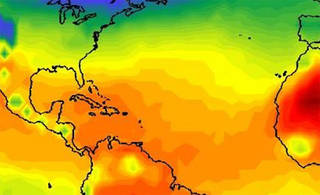
Earth and Climate
From Space, sky, sea and land, NASA provides detailed climate data and research to the world. Engage students in K-12 activities and multimedia resources related to weather and climate.

Eclipse
NASA studies solar eclipses on the ground, in our atmosphere, and in space, influencing solar and Earth science. Engage students and explore curated K-12 activities.

Solar System and Beyond
Discover engaging hands on student activities and resources to help K-12 students learn more about how NASA is uncovering new worlds, stars and cosmic mysteries, near and far with our powerful fleet of space and ground-based missions.

STEM on Station
Have you ever wondered what kind of STEM activities occur on the International Space Station? Follow astronauts as they demonstrate STEM concepts such as Newton’s Laws of Motion, surface tension, advances in technology and more.

Sun
Scientist at NASA study heliophysics or the physics of the Sun and its connection with the solar system. Engage students and explore our very own star with curated K-12 activities.
NASA Express Newsletter Sign-up
Are you looking for NASA's latest STEM opportunities and resources? Subscribe to the NASA EXPRESS newsletter to get the latest NASA STEM opportunities delivered to your inbox every Thursday.
Learn More about NASA Express Newsletter Sign-up
Productos de STEM en español
Estamos llevando el aprendizaje a nuevas alturas con recursos de STEM que conectan a educadores, estudiantes, padres y cuidadores con el inspirador trabajo de la NASA. STEM es un acrónimo en inglés que hace referencia a las materias de ciencia, tecnología, ingeniería y matemáticas. Desde actividades que se pueden realizar en casa hasta guías educativas más detalladas, ofrecemos algo para estudiantes de cualquier nivel.
Explora Productos de STEM en español
Outside the Classroom

Partnering with NASA STEM Engagement
NASA STEM Engagement fosters an array of new partnerships that connect students from across the nation with NASA’s most exciting endeavors. Through partnerships between industry and NASA’s experts and resources, these agreements forge connections to the Artemis missions, the Mars Perseverance landing, STEM careers, and more.
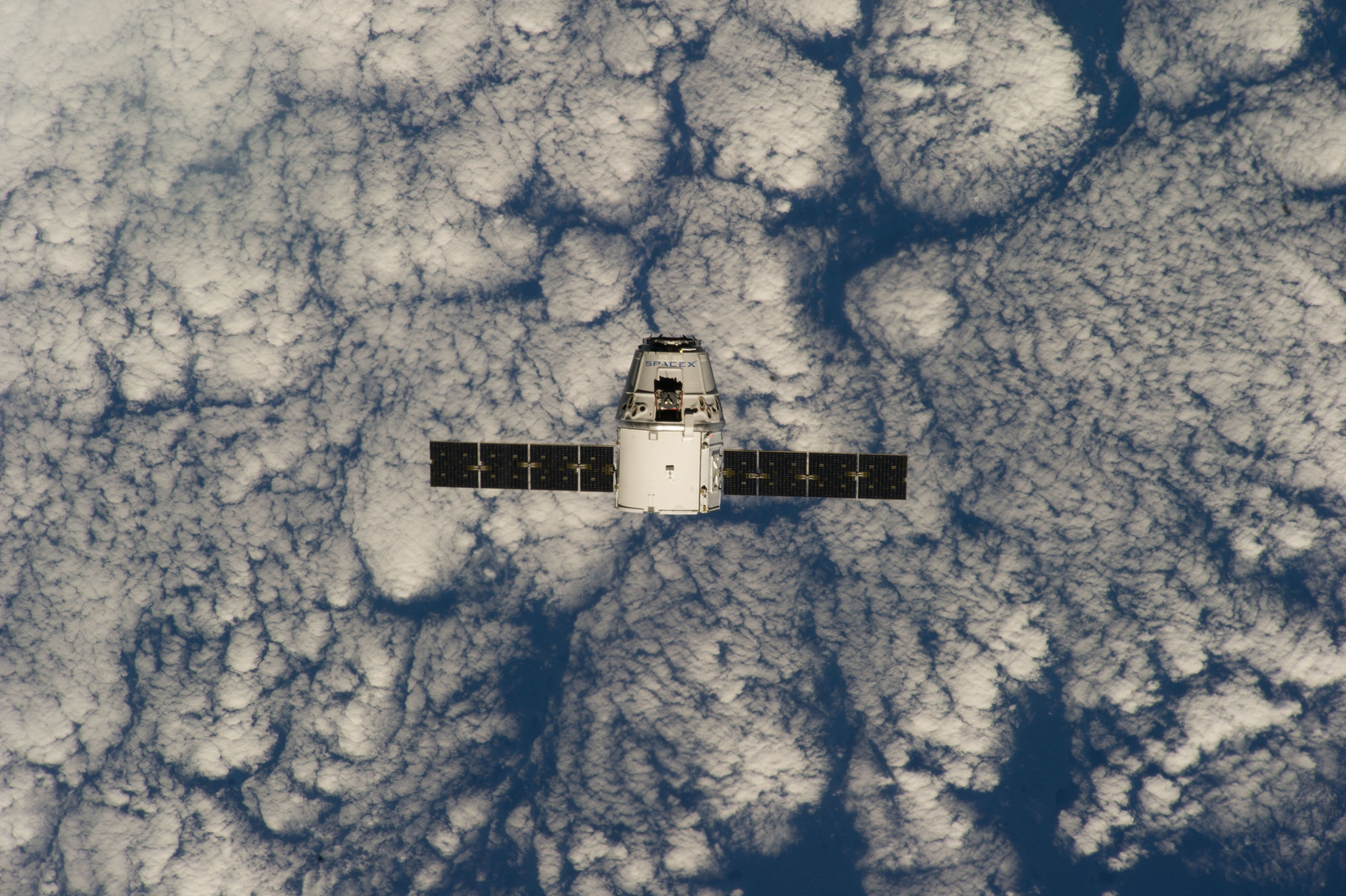
Learn More About Citizen Science
NASA’s citizen science projects are collaborations between scientists and interested members of the public. Through these collaborations, volunteers (known as citizen scientists) have helped make thousands of important scientific discoveries. NASA citizen science projects are open to everyone around the world, not limited to U.S. citizens or residents.
Join the Artemis Mission to the Moon
Make, launch, compete and learn. Find your favorite way to be part of the Artemis mission.
Go to the Website about Join the Artemis Mission to the Moon









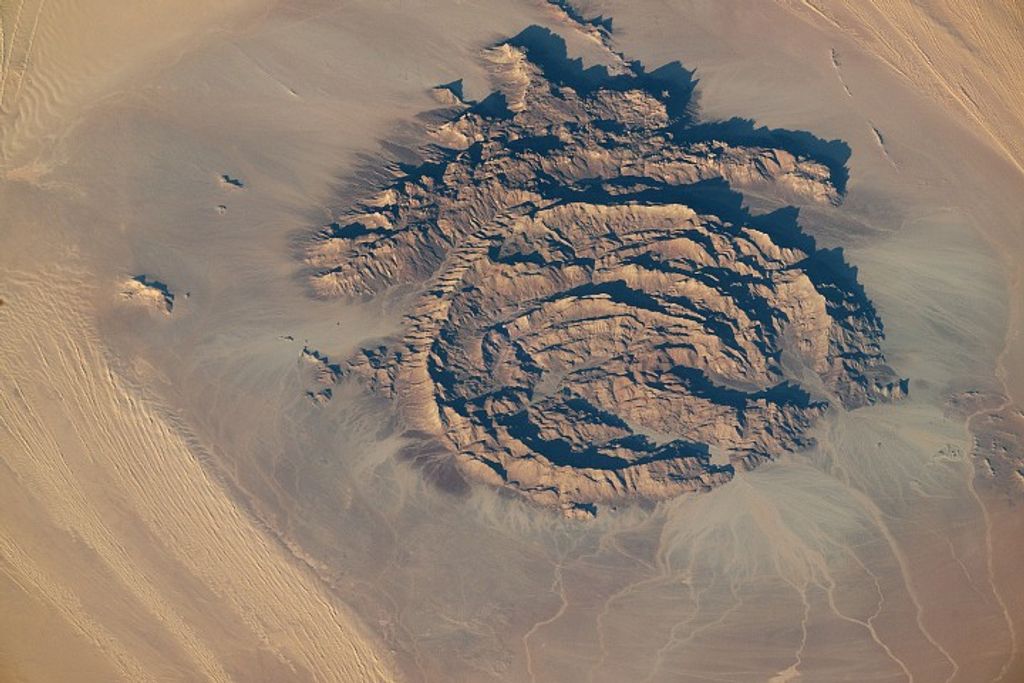







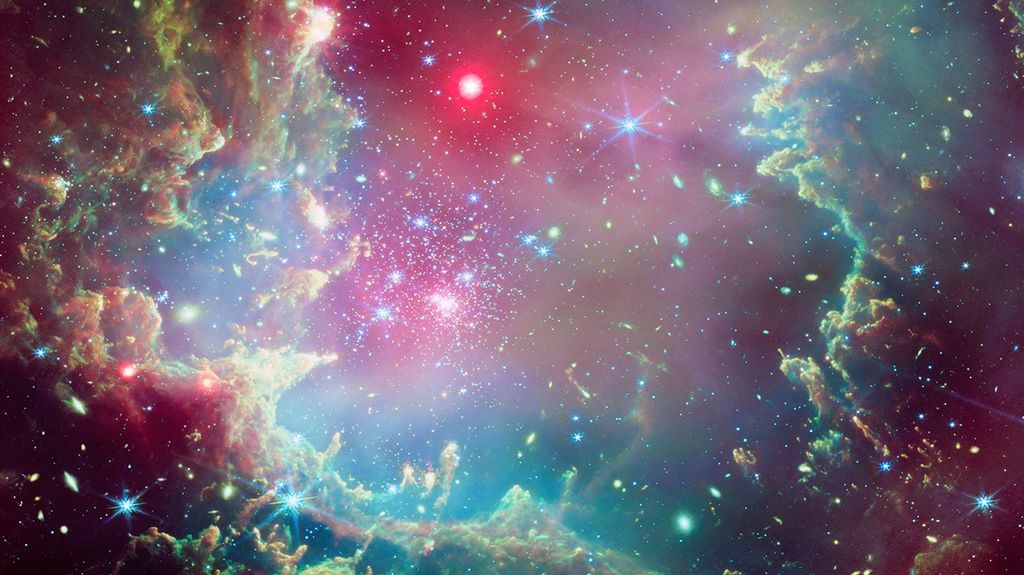





















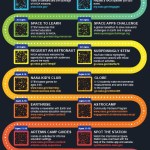
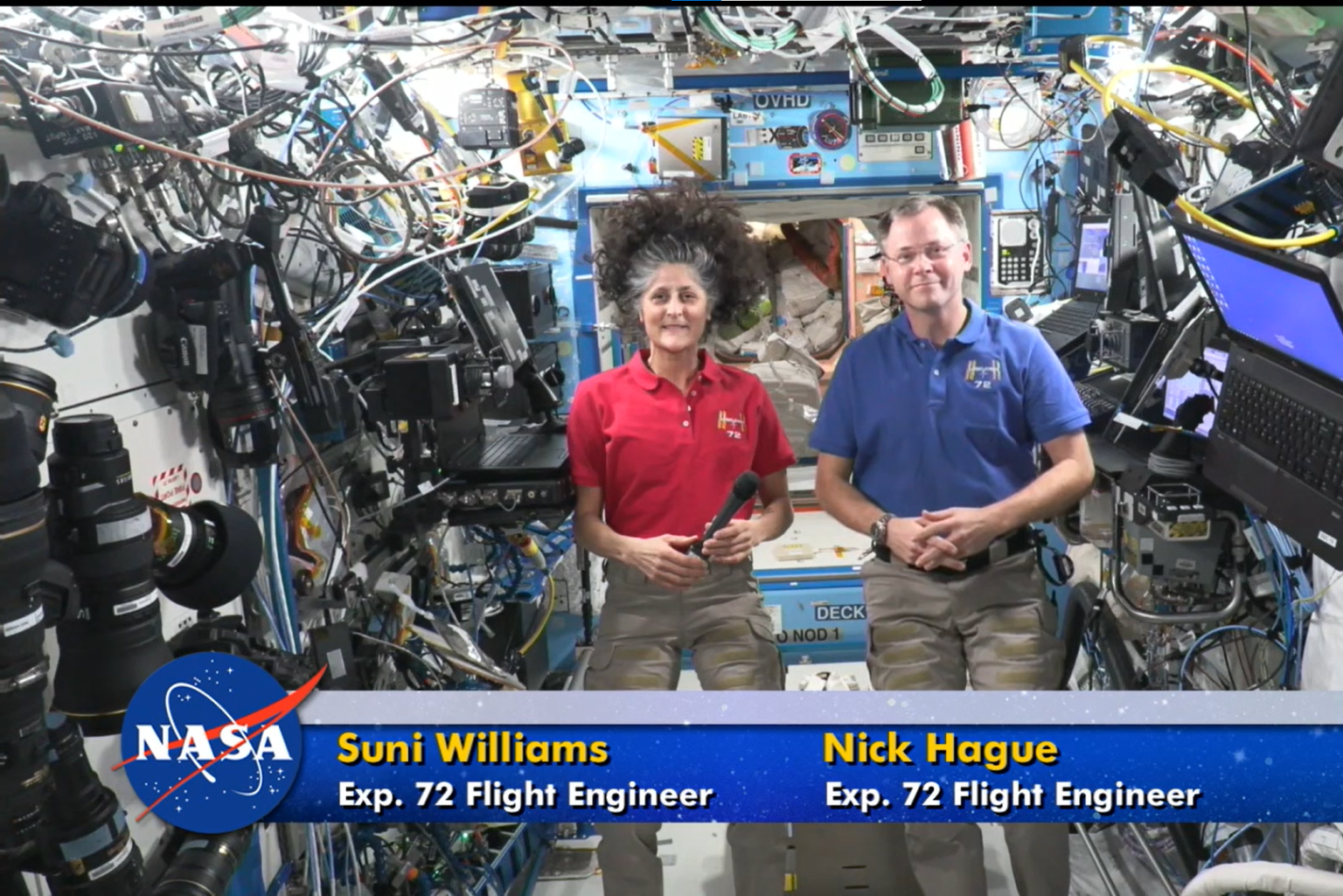



get social with nasa stem engagement
NASA Kahoot!
Learn With NASA YouTube
Learn With NASA Pinterest
Learn With NASA X
Learn With NASA Facebook